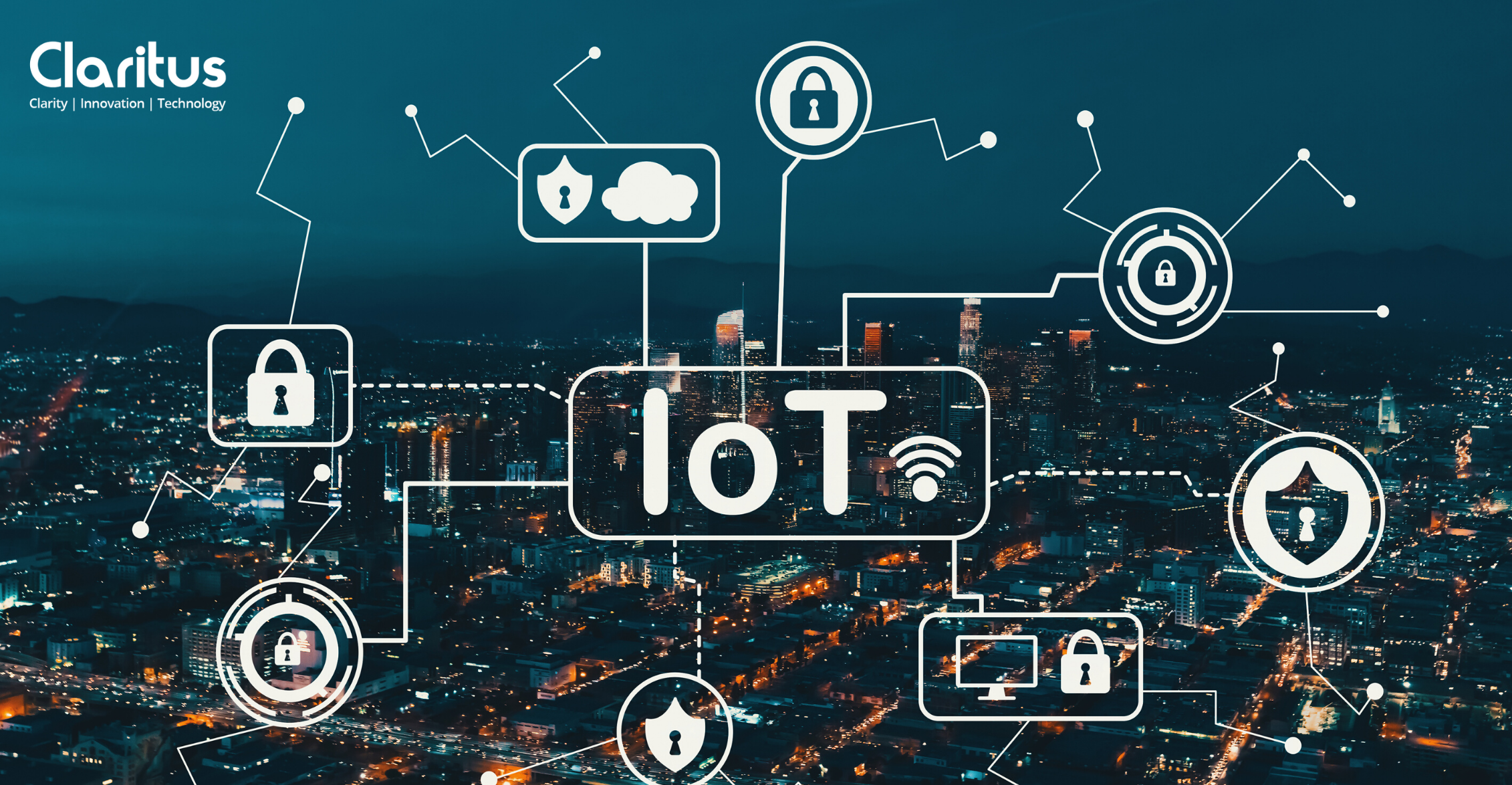IoT And It’s Growing Use Cases

Smart sensors are nowadays being placed in billions of connected devices globally. New IoT applications are enabling a world of opportunities by generating streams of data on a very high level. For example, let’s consider the growing increase of smartwatches which allow people to track fitness, continuously monitor sleeping cycles/patterns, measure heart rate, and so much more.
A future of self-driving cars with the ability to process, store, and collect data on the road dynamically to ensure safe road travel. This is just the start of IoT.
Now, we will be highlighting the use cases of IoT already impacting our lives.
Autonomous and Associated Vehicles
Down the street, vehicles may have the ability to push themselves entirely and to reach Level 5 freedom. These days startups and automobile manufacturers are focusing on acquiring level 2, 3, and 4 technologies right. Advise driving activities, cameras, radar, LIDAR and a plethora of other sensors are used to catch information regarding road conditions and prevent injuries. Almost one terabyte of data will be stored onboard from the near-term to make this occur, and this number could balloon to two terabytes within the next ten years.
There’s more into the automobiles of tomorrow than autonomous driving. As a result of the IoT, cars can communicate with one another, the road infrastructure, and also, maybe, even pedestrians using”vehicle-to-everything” or even”V2X” technology. Fleets of vehicles can be handled, which makes travel more accessible and faster. Onboard the vehicle devices can enhance GPS information, the motor diagnostics, and system.
Smart Security for your businesses and homes
Safety systems often employed a camera to capture movies. This tendency held whether private homes or industrial properties. Smart safety methods are being purpose-built to analyze, store, and catch continuous video streams. In addition to this 4K video recorded by cameras, a coating can be used by those systems with a machine. For site managers and transport providers, these disagreements that are real-time play a role – thanks to storage and calculation on a device-level.
Connecting Your Home to the Internet (of Things)
Imagine if your house could be automatic? We mean tasks could be automated completely. That is the way that home technologies is led in this IoT usage case. Bright speakers operate just like central control, allowing your family electronics to execute an assortment of functions.
You might, as an instance, teach your TV to flow the most recent episode of your favourite series, while dimming the room lighting and placing the thermostat into a cosy temperature. This strategy stretches by incorporating much more, washers, dryers, and much refrigerators.
The target is to offer control for all or all of the systems of a home. Like climate, electricity, entertainment, appliances, and home safety – via a network of detectors, devices, platforms and tools.
Smart Watches, Fitness Trackers, and other Wearables
Thanks to a growing influx of personal devices, wearables and smartwatches market is thriving globally. A report predicts this industry will cross $27 billion+ and more than 233 million units sold annually by 2022. This scaling on a global level is due in large part to smartwatches and fitness trackers; which are expected to make up more than half of all the wearables sold in the years to come.
However, innovation will not only come on the wrist. A new subcategory called”wearables” could interrupt the wearables sector, with voice-activated, attached headphones and earphones. With headset manufacturers ditching the jack, these kinds of devices are expected to become commonplace in the long run. Another chance is in mobile devices that track heart rate and blood pressure, besides, to alert ambulance dispatchers through a health emergency.
Machine-to-Machine (M2M) Connected Devices
The factories of today are currently utilizing machines to work smarter, not harder. Mill managers can map outputs, inputs, and system workloads by equipping machines with detectors. They could also monitor machine wear-and-tear, which contributes to upkeep that enhances lifespan and is predictive as opposed to reactive. With these attributes, factories are increasingly becoming automatic, as a result of the tide of Business 4.0. M2M devices utilize removable and embedded flash options to aggregate information. At precisely the same period data is passed to the information centre or the cloud for processing.
Supply Chains of the Future
Another IoT use instance is in distribution chains that are complex and global. Client requirements evolve, products need to be secured, shipping and shipping paths need to be coordinated -. In response, businesses utilizing information modelling as a part of a data management plan and are currently generating enterprise systems. Low-power IoT apparatus is being used to track assets and track product quality like vibration, temperature and container openings. By employing transport routes and equipment, additional improvements could be made to path planning by supplying chain information.
